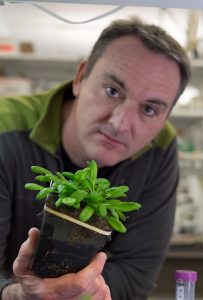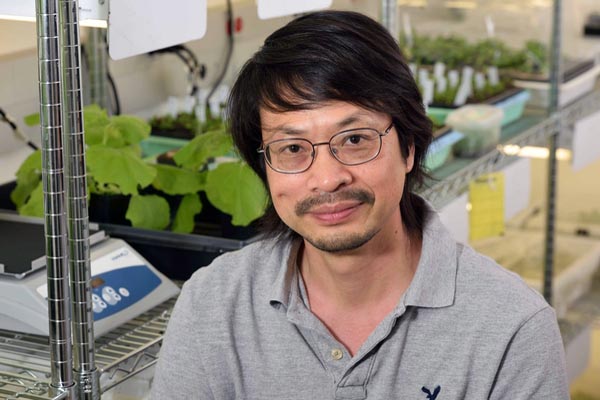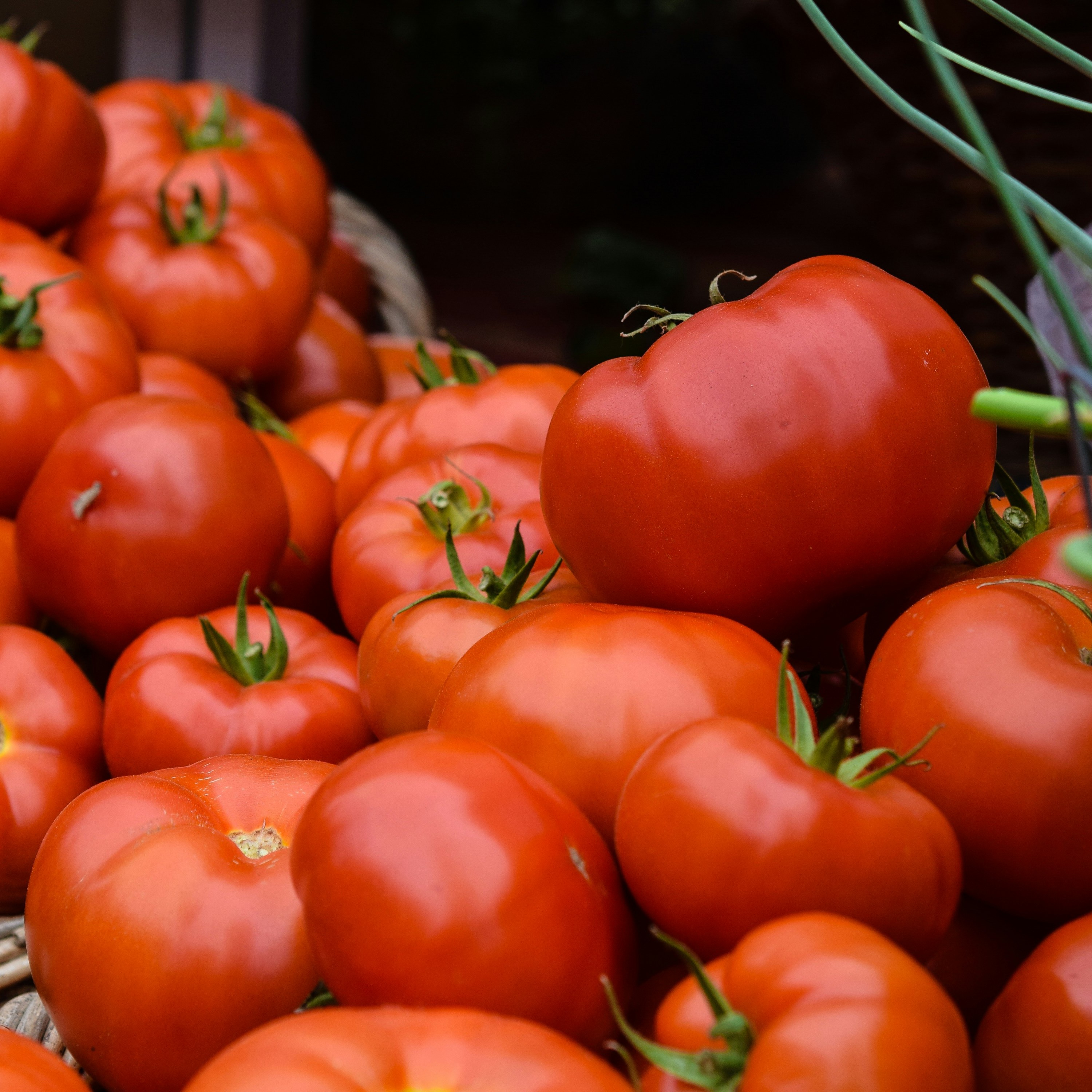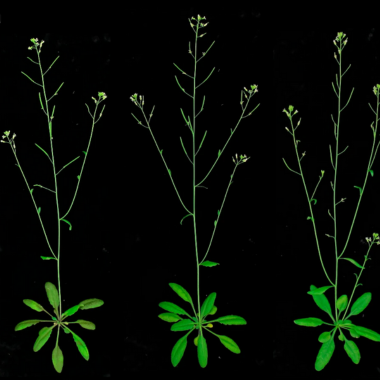How a plant cell's skeleton helps fight infection
A new study from Michigan State University identifies a missing link which controls plant immunity and plants’ ability to maintain their cytoskeleton – the frame that both gives plant cells their shape and that serves as a highway for materials to move inside these cells. The research, published in the journal Nature Communications, has broad implications for the study of plant and animal diseases. It also advances our understanding of how physical changes in the cytoskeleton impact the activation of gene expression and immunity.

Courtesy of Dr. Yi-Ju Lu
The work, from the laboratory of Brad Day, in collaboration with Sheng Yang He, hones on a master protein, called CPK3, from the model plant Arabidopsis thaliana. One of its roles is to sustain a plant cell’s immune response to infection from harmful pathogens. Another role is to control changes in the actin cytoskeleton.
In the latter case, tiny filaments made of actin – a protein found in complex living beings – are woven into a web to give a plant cell its rigid profile. The filaments can grow, by adding more actin, shrink, by cutting it out, or even bundle together. Each arrangement impacts a plant cell’s shape differently.
CPK3 plays an important role when actin filaments shrink in size. It controls another key protein, ADF4, which in turn severs actin molecules from a filament.
The plant’s internal highway impacts immune responses
One of the more surprising discoveries made by Dr. Yi-Ju Lu, first author on the study and a postdoc in the Day lab, was that perhaps because of CPK3’s role in organizing the plant actin cytoskeleton, pathogens actively target that protein when infecting a plant.
“We had previously identified actin dynamics to be important for defense signaling,” says Lu. “As a next step, we wanted to discover the components involved in the broader signaling pathway. We were able to identify the possible mechanism(s) linking actin organization and plant immunity.”

Courtesy image
It turns out that the ability to shrink actin filaments – with CPK3’s help – plays a positive role in plant immunity against pathogens.
“What we found that is really new about this mechanism is that when you disrupt actin, you disrupt the ‘information highway’ that plant cells use to send messages about immunity to the right places in order to mount a robust defense response. Our data suggests that CPK3 might be a key target of the pathogen, so that when its activity is disrupted, the immune system shuts down,” says Brad Day, MSU Foundation Professor in the Department of Plant, Soil and Microbial Sciences and member of the Plant Resilience Institute.
The team of Day and He have been collaborating on this project for a number of years, their work rewarded with back-to-back grants from the National Science Foundation (NSF) to explore the intersection of plant immunity, hormone signaling, and cell biology.
“It has been a great experience collaborating with the Day lab over the past few years. This work uncovers an important missing link between the plant cytoskeleton and pathogen defense,” says Sheng Yang He, University Distinguished Professor Emeritus in the MSU-DOE-Plant Research Laboratory and Professor of Biology at Duke University.

By Harley J Seeley Photography
Also part of the study is a long-time collaborator of Day, Dr. Takumi Higaki, an Associate Professor at Kumamoto University in Japan. Through their common interests in the plant cytoskeleton, Day and Higaki are collaborators through the Kumamoto University International Research Organization for Advanced Science and Technology, or IROAST, which promotes global collaboration through discovery and innovation.
“Brad and our research team have continued to develop microscopic image analysis techniques to quantify the multi-dimensional organization of the actin cytoskeleton through seven years of international collaboration. We are very pleased to contribute to this image analysis technique and to this great discovery,” says Higaki.
What’s next?
The team will use their latest NSF award to explore how plants identify dangerous pathogens through signaling receptors located on the cell’s outer surface, the plasma membrane. The goal is to define how plant immunity activates in steps, starting at the cell surface, going through the actin ‘highway’, and reaching to the nucleus, the cell’s command center.
This work is supported by grants to Day and He from the National Science Foundation (IOS-1953014 and 10557437), the National Institutes of General Medical Sciences to Day (1R01GM125743), and the Howard Hughes Medical Institute, to Sheng Yang He.
By Brad Day, Igor Houwat



